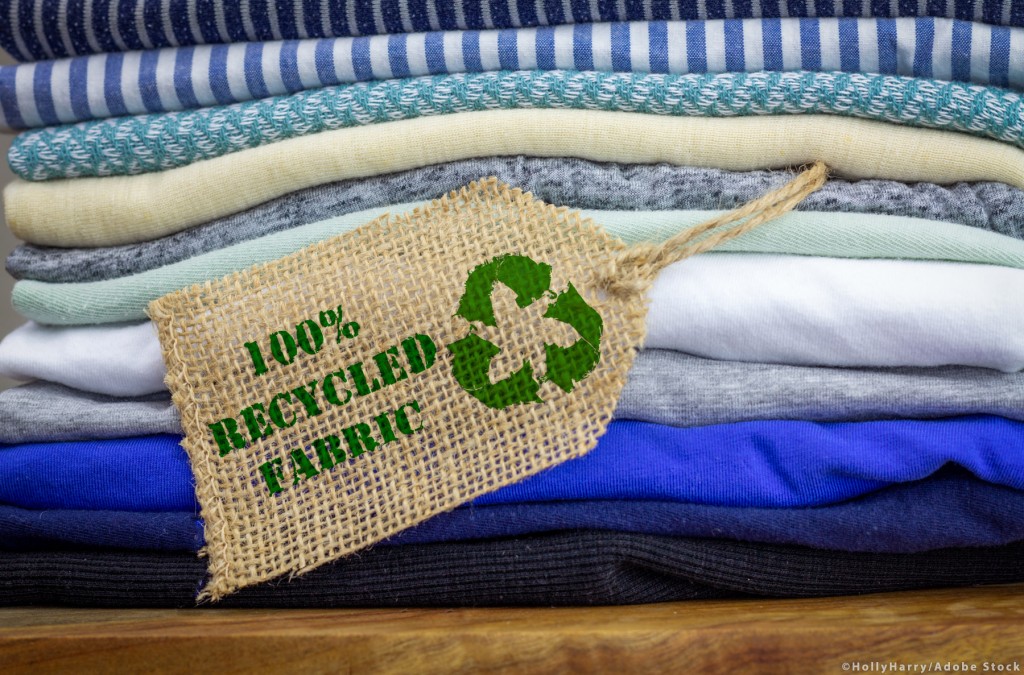
If we keep on exploiting resources as we do now, by 2050 we would need the resources of three Earths. Finite resources and climate issues require moving from a ‘take-make-dispose’ society to a carbon-neutral, environmentally sustainable, toxic-free and fully circular economy by 2050.
The current crisis highlighted weaknesses in resource and value chains, hitting SMEs and industry. A circular economy will cut CO2-emissions, whilst stimulating economic growth and creating job opportunities.
Read more about the definition and benefits of the circular economy
The EU circular economy action plan
In line with EU’s 2050 climate neutrality goal under the Green Deal, the European Commission proposed a new Circular Economy Action Plan in March 2020, focusing on waste prevention and management and aimed at boosting growth, competitiveness and EU global leadership in the field.
On 27 January, Parliament’s environment committee backed the plan and called for binding 2030 targets for materials use and consumption. MEPs will vote on the report during the February plenary session.
Moving to sustainable products
To achieve an EU market of sustainable, climate-neutral and resource-efficient products, the Commission proposes extending the Ecodesign Directive to non-energy-related products. MEPs want the new rules to be in place in 2021.
MEPs also back initiatives to fight planned obsolescence, improve the durability and reparability of products and to strengthen consumer rights with the right to repair. They insist consumers have the right to be properly informed about the environmental impact of the products and services they buy and asked the Commission to make proposals to fight so-called greenwashing, when companies present themselves as being more environmentally-friendly than they really are.
Making crucial sectors circular
Circularity and sustainability must be incorporated in all stages of a value chain to achieve a fully circular economy: from design to production and all the way to the consumer. The Commission action plan sets down seven key areas essential to achieving a circular economy: plastics; textiles; e-waste; food, water and nutrients; packaging; batteries and vehicles; buildings and construction.
Plastics
MEPs back the European Strategy for Plastics in a Circular Economy, which would phase out the use of microplastics.
Read more about the EU strategy to reduce plastic waste.
Textiles
Textiles use a lot of raw materials and water, with less than 1% recycled. MEPs want new measures against microfiber loss and stricter standards on water use.
Discover how the textile production and waste affects the environment.
Electronics and ICT
Electronic and electrical waste, or e-waste, is the fastest growing waste stream in the EU and less than 40% is recycled. MEPs want the EU to promote longer product life through reusability and reparability.
Learn some E-waste facts and figures.
Food, water and nutrients
An estimated 20% of food is lost or wasted in the EU. MEPs urge the halving of food waste by 2030 under the Farm to Fork Strategy.
Packaging
Packaging waste in Europe reached a record high in 2017. New rules aim to ensure that all packaging on the EU market is economically reusable or recyclable by 2030.
Batteries and vehicles
MEPs are looking at proposals requiring the production and materials of all batteries on the EU market to have a low carbon footprint and respect human rights, social and ecological standards.
Construction and buildings
Construction accounts for more than 35% of total EU waste. MEPs want to increase the lifespan of buildings, set reduction targets for the carbon footprint of materials and establish minimum requirements on resource and energy efficiency.
Waste management and shipment
The EU generates more than 2.5 billion tonnes of waste a year, mainly from households. MEPs urge EU countries to increase high-quality recycling, move away from landfilling and minimise incineration.
Find out about landfilling and recycling statistics in the EU.
Source
European Parliament, press release, 2021-02-03.
Supplier
European Commission
European Parliament
European Union
Share
Renewable Carbon News – Daily Newsletter
Subscribe to our daily email newsletter – the world's leading newsletter on renewable materials and chemicals









